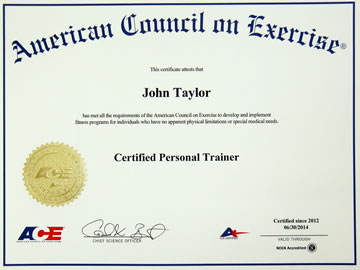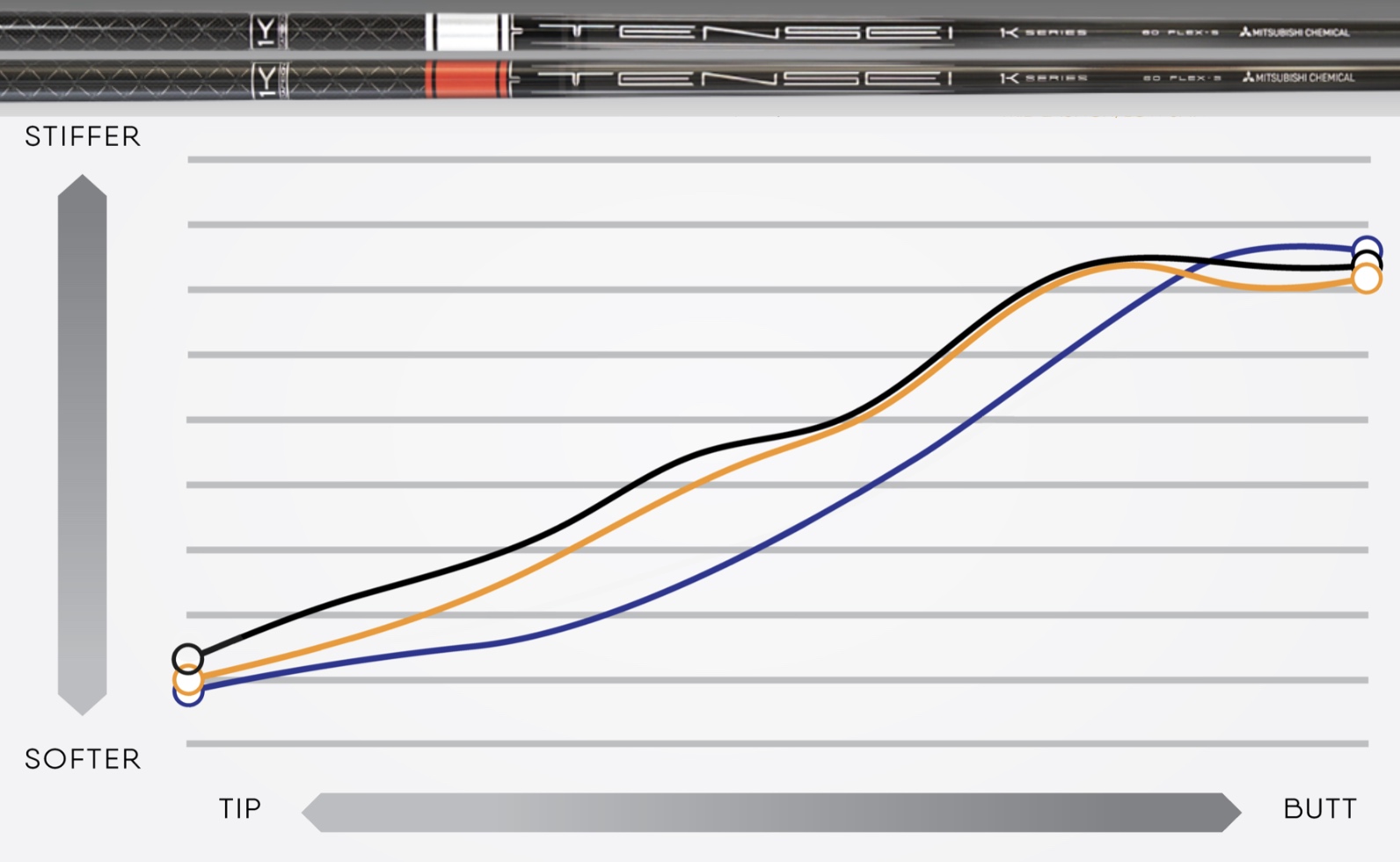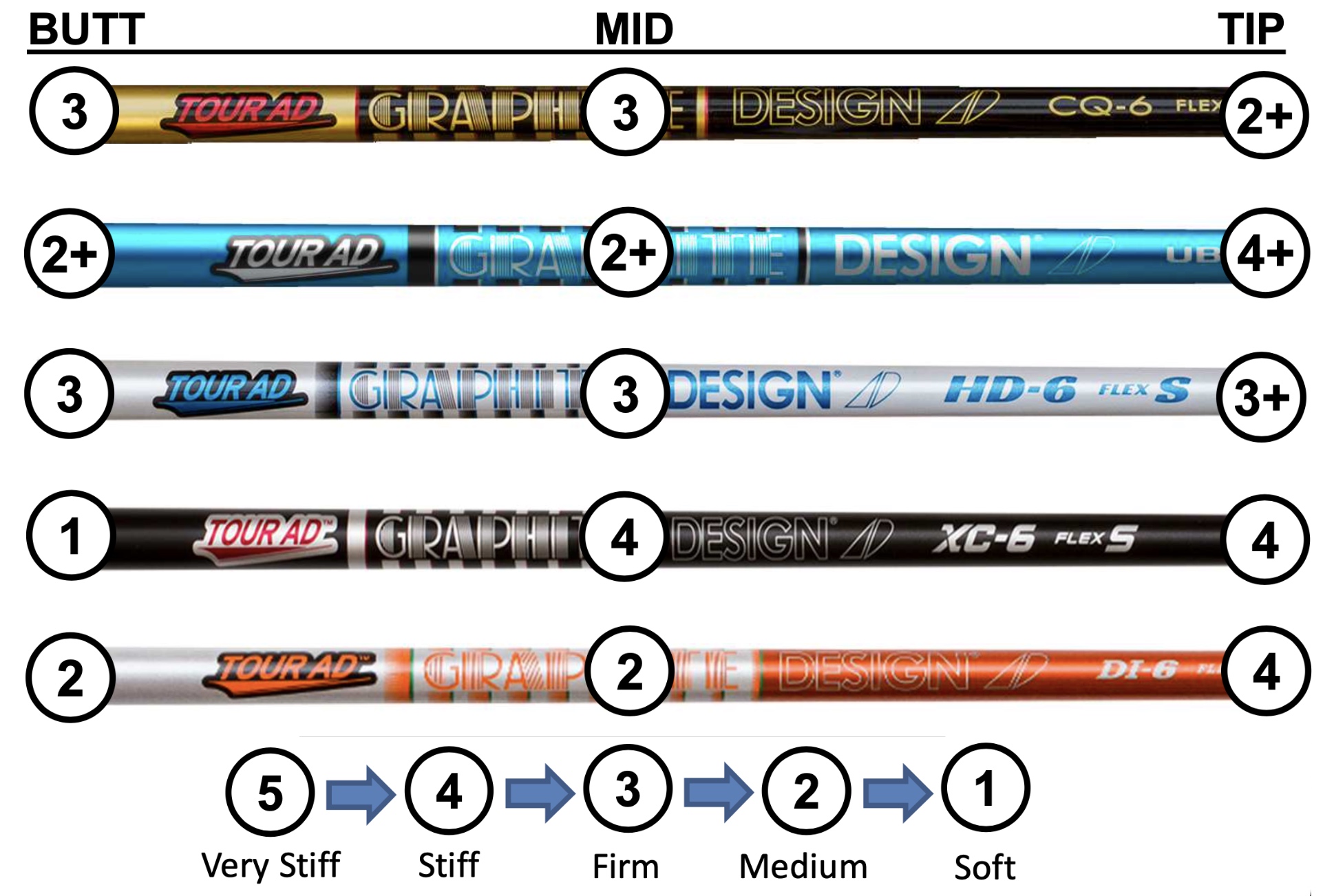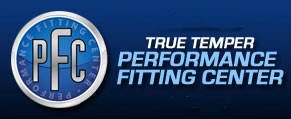Too Much Back Turn
In an attempt to generate extra power, many players over-rotate in the backswing to maximize separation between the upper body and lower body. However, this level of backswing rotation comes at a cost: an inefficient transition from backswing to downswing, and loss of lower body stability are frequent problems that we see.

Here is a strong player with great flexibility who rotates the upper body (thoracic spine, including shoulders) more than 20 degrees greater than is typical for 2/3 of pro tour golfers (green numbers range in above figure). Pelvis rotation for our golfer remains within the range of 2/3 of tour players.
The separation between upper body and lower body in this player (K-angle = 66 degrees) is more than needed for full efficient power. It can prevent initiating the downswing with the pelvis, a pre-requisite for maximum efficiency in the downswing -- in this evaluation, with a driver.

The consequences of over-rotation in the backswing can be seen in starting the transition with the upper body and a destabilization of the lower body in the downswing. The pelvis reaches its maximum acceleration somewhat late in the downswing making it difficult to transfer full power to the upper body in time for optimum swing efficiency. (The power transfer ratio is less than optimal.)
Biofeedback training that allows a golfer with these characteristics to feel the optimum range for backswing rotation is an effective starting point for improving driver results. Adjusting length, weight, swingweight, and shaft stiffness characterisitics can be incorporated into the strategy for game improvement. Understanding your swing mechanics matters when fitting for new clubs.





























 John Taylor
John Taylor


